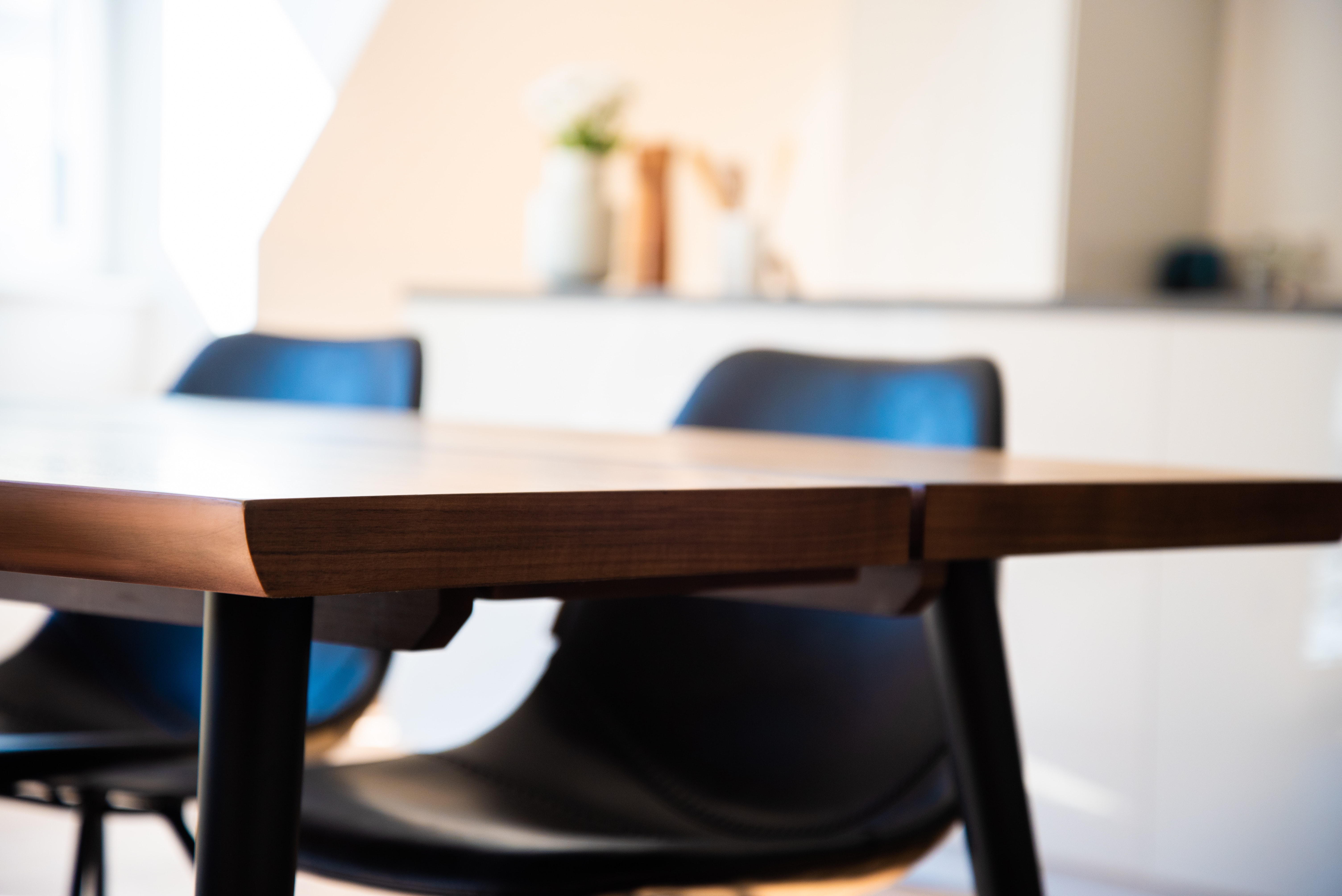Did you know there is such a thing called Sitting Disease? Sitting Disease refers to the negative health consequences associated with long periods of physical inactivity and sedentary behavior (1). These negative health consequences include obesity and several other health conditions including high blood pressure, high blood sugar, excess body fat, high waist circumference, and abnormal cholesterol levels (2). These health conditions can lead to the development of several chronic diseases including heart disease, diabetes, and hypertension among many others.
It has been reported that the average American sits for 12 hours a day (1). A study published in the American Journal of Epidemiology found that men and women who reported more than 6 hours per day of leisure time spent sitting were at an increased risk of all-cause mortality (3). As the pandemic continues, it can be difficult to find the motivation and time to go outdoors and exercise. Whether you are working from home or distance learning, we can all benefit from moving our bodies more throughout the day. Here are some tips to avoid the negative effects of prolonged sitting and sedentary behavior:
- Take a break from your work and get up and move your body every hour.
- This promotes blood flow and can give you that extra boost of energy needed to focus on your work.
- Take a walk on your lunch break.
- Even short walks around the neighborhood are proven to be beneficial for your physical and mental health.
- Try standing throughout the day.
- Take a meeting or phone call standing up to break up long periods of sitting.
- Incorporate simple desk stretches into your daily routine to prevent stiffness and pain.
- Examples of easy desk stretches include neck rolls, shoulder shrugs, and head turns. Go to https://youtu.be/KBaSGF6kYqw for a simple and easy 3-minute routine.
- Aim for 30 minutes of physical activity a day to support optimal health.
- Dancing, brisk walking, and vacuuming the house are all good examples of ways to help you meet your daily physical activity goals.
Written by Katya Palacios
References
- Just Stand.Org. Sitting disease: the facts. https://www.juststand.org/the-facts/
- Mayo Clinic. Sitting risks: how harmful is too much sitting? https://www.mayoclinic.org/healthy-lifestyle/adult-health/expert-answers/sitting/faq-20058005
- Patel, A et al. Leisure Time Spent Sitting in Relation to Total Mortality in a Prospective Cohort of US Adults, American Journal of Epidemiology. 2010; 172(4): 419–429. https://doi.org/10.1093/aje/kwq155


